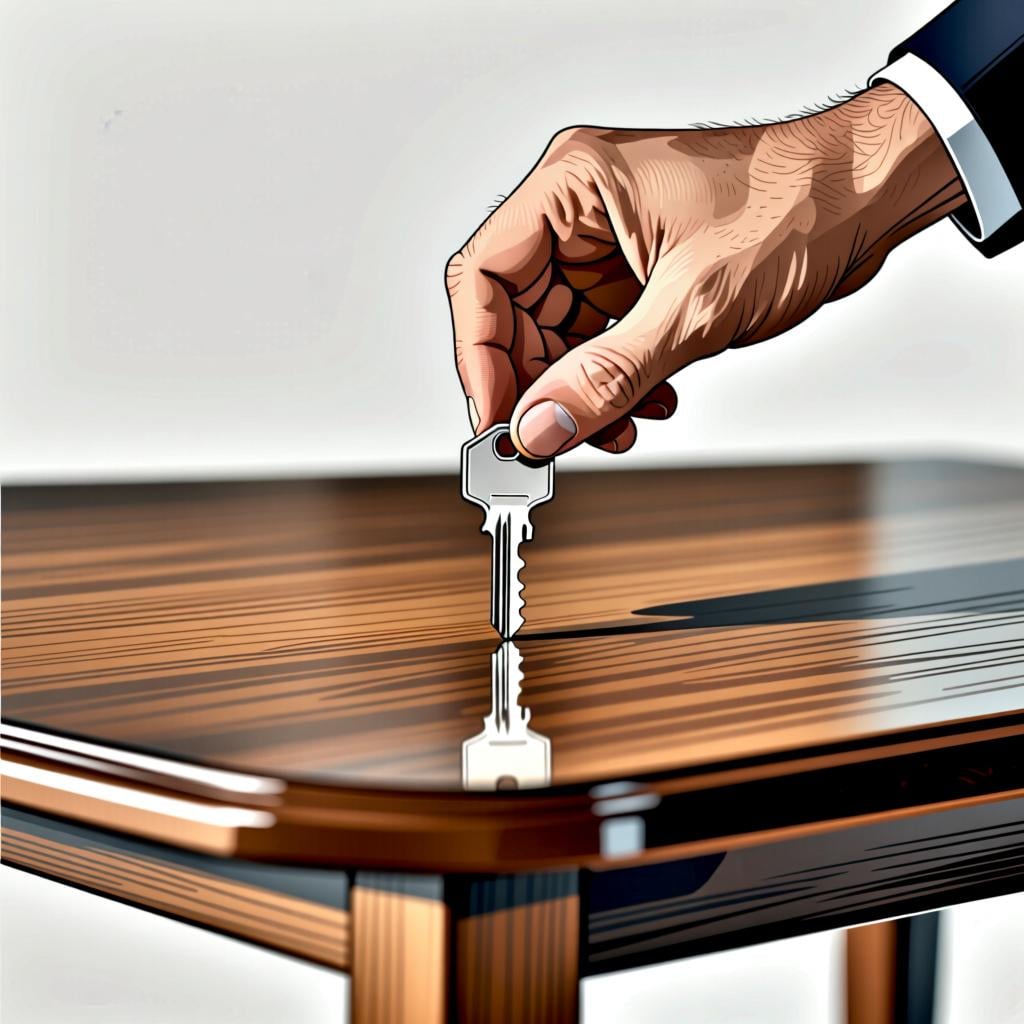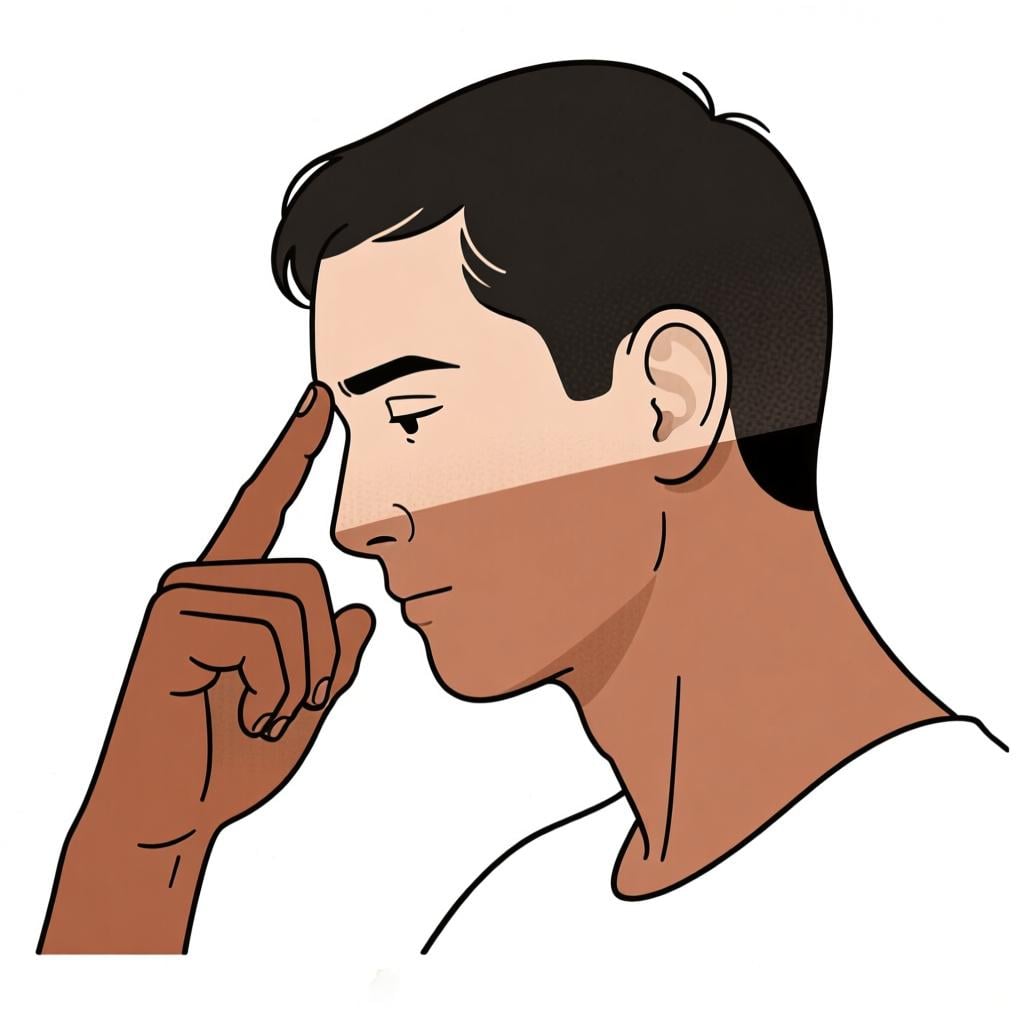déjame
/DEH-hah-meh/
let me

Déjame (let me): Used when asking for permission or offering assistance, such as 'Let me help you.'
déjame(Verb Phrase)
let me
?Asking for permission or to be allowed to do something
allow me
?A slightly more formal-sounding way to ask for permission
📝 In Action
Déjame ayudarte con las bolsas.
A1Let me help you with the bags.
Por favor, déjame explicarte lo que pasó.
A2Please, let me explain what happened.
Déjame ir al cine con mis amigos.
A1Let me go to the movies with my friends.
💡 Grammar Points
Two Words in One
"Déjame" is actually two words combined: the command "deja" (from the verb 'dejar') and "me". In Spanish, when you give a positive command, you attach little words like 'me', 'te', 'lo' directly to the end of the verb.
The Accent Mark
Notice the accent on "déjame". When you add "me" to "deja", you add a syllable. The accent mark is added to keep the stress on the same part of the original word ('de-'), so the pronunciation stays natural.
❌ Common Pitfalls
Formal vs. Informal
Mistake: "Using "déjame" with someone you should be formal with, like a boss or an older stranger."
Correction: Use "déjeme" for formal situations. It's the same idea, but it shows more respect. "Déjeme pasar, por favor." (Let me pass, please.)
⭐ Usage Tips
Softer Requests
You can use "déjame" to soften a request or an offer. Instead of just saying "Te ayudo" (I'll help you), saying "Déjame ayudarte" (Let me help you) sounds friendlier and less demanding.

Déjame (leave me): Used when asking someone to leave an object for your use, such as 'Leave me the keys.'
déjame(Verb Phrase)
leave me
?Requesting someone to leave an object for you
give me
?Informal, in the sense of 'leave it here for me'
📝 In Action
Si sales, déjame las llaves en la mesa.
A2If you go out, leave me the keys on the table.
Déjame un trozo de pastel, por favor.
A2Leave me a piece of cake, please.
Llámame más tarde y déjame un mensaje si no contesto.
B1Call me later and leave me a message if I don't answer.
❌ Common Pitfalls
'Let me' vs. 'Leave me'
Mistake: "Confusing the two main meanings. For example, saying "Déjame ir al restaurante" (Let me go to the restaurant) when you mean "Déjame en el restaurante" (Leave me at the restaurant / Drop me off at the restaurant)."
Correction: Remember: if another action follows (like 'ir', 'ver', 'hablar'), it usually means 'let me'. If a place or an object follows, it usually means 'leave me'.

Déjame ver / Déjame pensar (let me see/think): Used as a conversational filler to buy time while considering a question or trying to remember information.
déjame(Interjection / Phrase)
let me see
?Used when thinking or trying to remember something
let me think
?Used to ask for a moment to consider something
,hmmm
?As a simple filler sound
📝 In Action
Déjame ver... creo que la reunión es a las tres.
A2Let me see... I think the meeting is at three.
—¿Cuál es la capital de Australia? —Uhm, déjame pensar.
A2—What's the capital of Australia? —Uhm, let me think.
⭐ Usage Tips
Sound More Natural
Use "déjame ver" or "déjame pensar" when you need a moment to think. It's a perfect 'filler phrase' that makes your Spanish sound much more natural, just like using 'let me see' or 'hmmm' in English.
✏️ Quick Practice
💡 Quick Quiz: déjame
Question 1 of 1
Which sentence correctly asks someone to 'Let me see that photo'?
📚 More Resources
Frequently Asked Questions
What's the difference between 'déjame' and 'déjeme'?
'Déjame' is the informal 'you' (tú) command, used with friends, family, or people your age. 'Déjeme' is the formal 'you' (usted) command, used to show respect to older people, bosses, or strangers. Both mean 'let me' or 'leave me', but the level of formality is different.
Why is there an accent mark on 'déjame' but not on 'deja'?
The original command 'deja' has the stress on the first syllable: DE-ja. When you attach 'me', it becomes a longer word: de-ja-me. To keep the stress in the same place and follow Spanish pronunciation rules, an accent mark is added to the 'é'. This happens with many commands when you attach pronouns.
Can I say 'me deja' instead of 'déjame'?
Yes, but it means something different. 'Déjame' is a direct command ('Let me!'). '¿Me deja...?' is a more polite way to ask for permission ('Do you let me...?' or 'May I...?'). For example, to a stranger blocking your way, you'd ask, '¿Me deja pasar?' (May I pass?), not shout '¡Déjame pasar!' (Let me pass!).